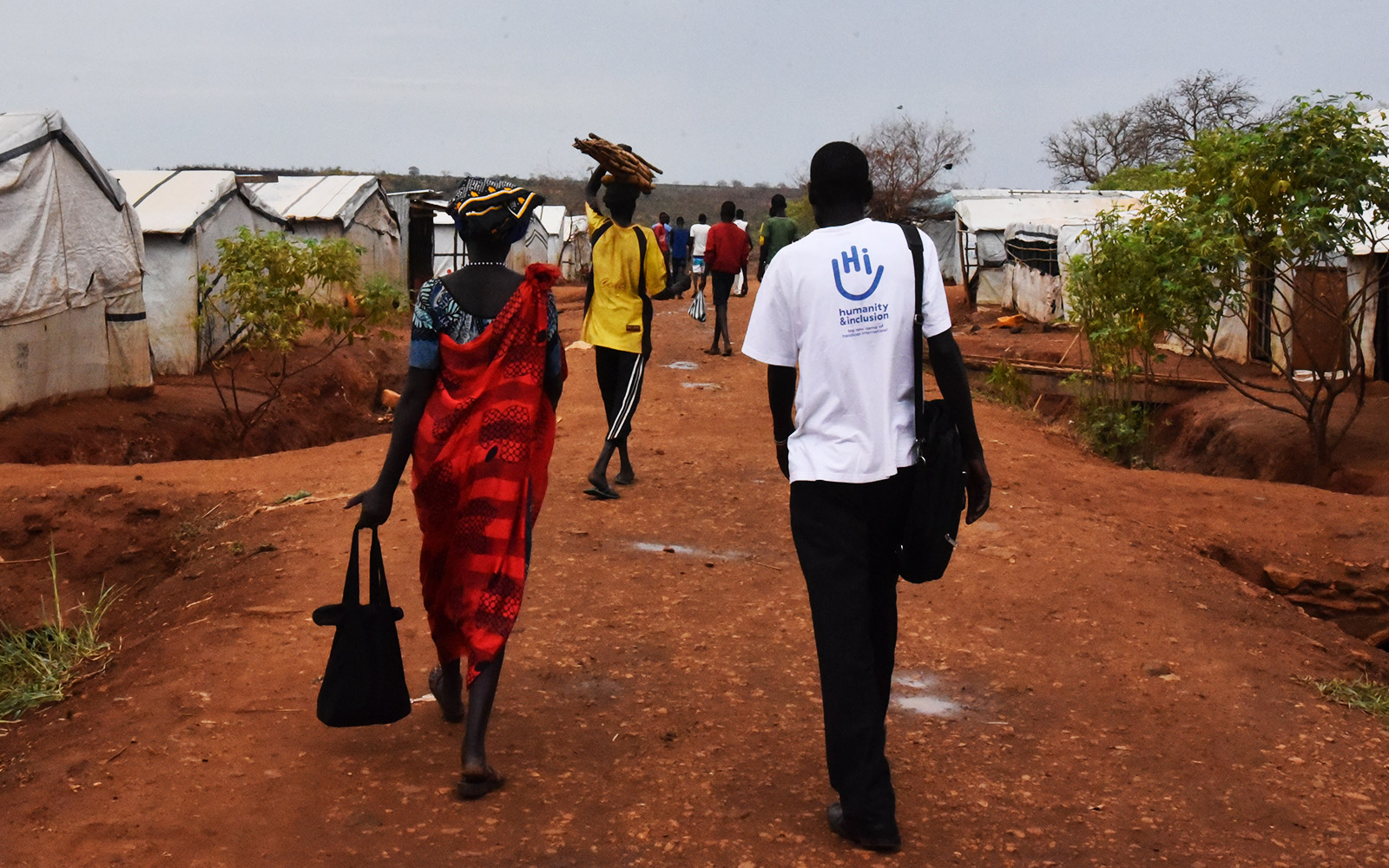Taking action in emergencies




HI delivers multi-disciplinary humanitarian responses to vulnerable populations affected by conflicts and natural disasters. Our organisation provides support for the injured, victims of trauma, people with disabilities and other vulnerable populations.
72H
our response time in the event of emergency
72 HEURES
notre temps de réponse
opérationnelle
29
countries of intervention in 2018
413 551
beneficiaries of our actions in response to basic needs in 2018
Our approach to emergency relief operations
HI is on permanent standby to intervene in the event of crises triggered by natural or human causes. Our emergency response experts ensure all the necessary resources can be mobilised to rapidly respond to the needs. In countries where we are already present, we implement a preparedness process to anticipate potential emergencies and ensure our teams can cope with sudden changes in context.
We also work at the community level (villages, urban districts or towns) to help the most vulnerable populations prepare for disaster risks.
HI works hard to ensure our emergency responses are accessible to all, including the most vulnerable. We also share our extensive experience on the inclusion of people with disabilities and the most vulnerable populations with other humanitarian actors.
Dedicated resources for rapid deployment
HI is capable of deploying a response to a natural disaster or conflict, anywhere in the world, within 72 hours of the crisis onset.
We are able to provide a rapid and effective response thanks to our emergency response specialists, strong logistics capabilities, direct spending control and optimised approval procedures. Our team of specialists dedicated to the initial emergency response can immediately deploy to the affected area to undertake an evaluation mission, identify the needs and ensure a rapid response. Multi-disciplinary teams work closely with the affected populations to address their basic and specific needs and to facilitate access to humanitarian services.
Our activity sectors
- Emergency livelihood
- Shelter
- Provision of water, sanitation and hygiene
- Common logistics services for other humanitarian actors
- Physical and functional rehabilitation
- Mental health and psychosocial support
- Protection against violence and abuse
- Inclusive Humanitarian Action
- Armed violence reduction
- Disaster risk reduction
HI implements activities to meet basic needs quickly and efficiently. We also build the collective capacities of humanitarian actors to take rapid, concerted action.
Essential items
Distribution of kits containing essential household items (blankets, water canisters, cooking kits, hygiene kits, etc.), food and cash transfer programmes.
Shelter
Emergency shelter (tents), construction and rehabilitation of accessible individual temporary shelters and community infrastructure (compatible with anti-cyclone and earthquake-resistant building standards).
Logistics and humanitarian access
Common logistics services for humanitarian actors (transport, storage, road rehabilitation, rubble clearance, etc.) delivered by Atlas Logistique, our operational unit specialised in local supply chain management.
HI works with the victims of humanitarian disasters, with a particular focus on people with disabilities and any person excluded from the relief efforts.
Our organisation advocates for their inclusion in overall aid provision, and helps organise emergency relief through integrated, adapted projects:
Physical and functional rehabilitation
Rehabilitation services for people with injuries and disabilities, including early intervention, assistive devices (wheelchairs, walking frames, etc.), functional rehabilitation sessions, orthopaedic fitting and manufacturing of prostheses, and training of rehabilitation technicians.
Support for hospitals on the care management of people with injuries, including technical and logistical assistance, teams strengthening, material assistance, etc.
Mental health and psychosocial support
Mental health and psychosocial support for individuals and communities: implementation of activities to reduce the psychological distress of at-risk people or victims though targeted individual interviews, peer-to-peer discussion groups, activities to further social cohesion, distribution of protection kits, etc.
Protection against violence and abuse
Protection pogrammes to prevent and address disability-, gender- and age-based violence. Technical support to other protection actors to help make their responses to gender-based violence and child protection disability-inclusive.
As part of our armed violence reduction projects, we also implement victim assistance, explosive ordnance risk education and advocacy in the same geographic area in order to increase the impact on the affected communities. We also identify and refer victims to dedicated services including emergency rehabilitation, psychosocial support and mid and long-term socio-economic inclusion activities.
Pre-positioned emergency kits
Our emergency kits are pre-positioned in secure warehouses in Dubai (United Arab Emirates) and Lyon (France) in order to optimise our intervention capacity and response times when a crisis occurs. Our kits ensure:
- Our capacity to meet the basic and specific needs (functional rehabilitation equipment) of over 7,000 people, within 72 hours, and to re-stock within 3 weeks.
- Alignment with international standards and availability for use not only by HI programmes, but by all the humanitarian actors on the ground.
- Thorough supply chain management to guarantee their financial traceability.
HI has also developed an integrated strategy on global and local pre-positioning combining a centralised, standard offer from the stocks in Dubai and Lyon and an offer developed under framework agreements with local suppliers. This strategy allows us to implement efficient supply solutions which can be adapted to the community’s needs.
Emergency response as a continuum: forward planning, taking action, preparing for the future
HI implements development and emergency response programmes in around sixty countries.
When a humanitarian disaster occurs in one of these countries, the organisation can mobilise its teams already on site. In emergency situations, their in-depth understanding of the country allows them to design emergency response interventions in collaboration with national services and partners.
Their presence also facilitates access to affected areas and speeds up the collection of information from affected communities about the needs created by the crisis.
The depiction and use of boundaries, geographic names and related data shown on this map are not warranted to be error free nor do they necessarily imply official endorsement or acceptance by HI.
‘From Guidelines to Action’ project
Implemented by Humanity & Inclusion (HI) between 2022 and 2024, the ‘From Guidelines to Action’ project aimed at supporting the operationalization of the Inter agency standing committee (IASC) Guidelines on inclusion of persons with disabilities in humanitarian action.
Photos : © T. Mayer / HI - © B. Blondel / HI - © M. Črep / HI - © B. Blondel / HI - © B. Almeras / HI - © B. Blondel / HI - © Amazink Studio / HI






